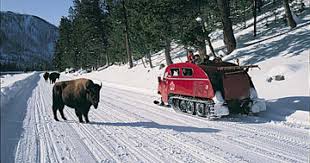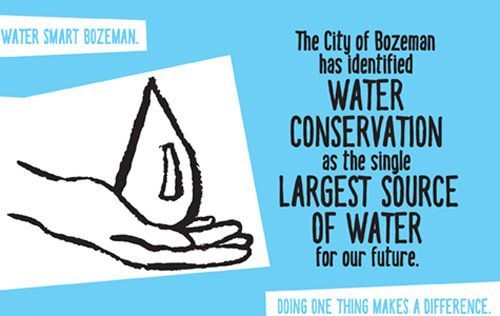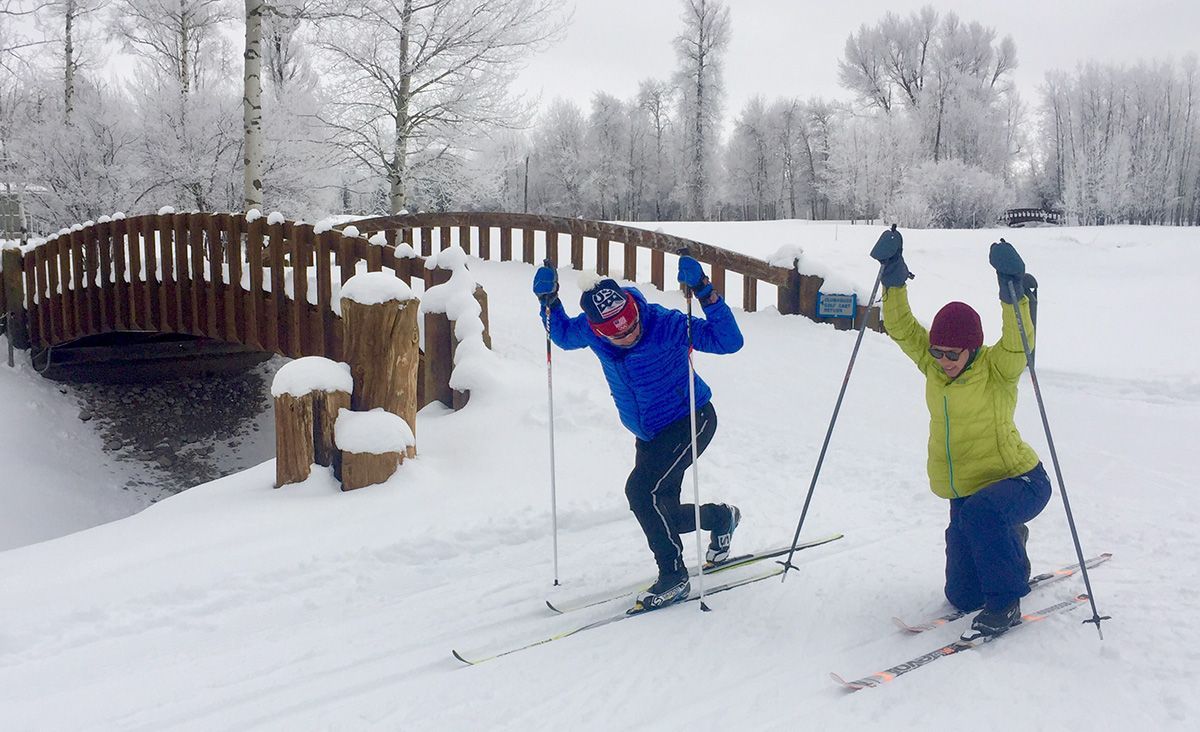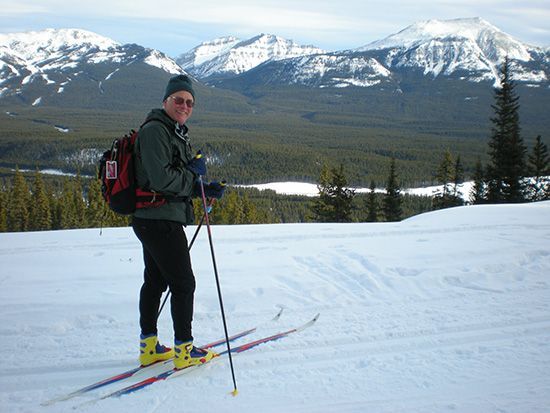Yellowstone Magic:
Our First National Park in Winter

In 1991, while guiding a small group in Yellowstone National Park, I tried to describe walking outside as the sun rose one February morning near Old Faithful:
“Morning light pours over the hills, reflecting off the frost in a blinding cloud of diamonds. Elk and bison shake snow off their backs, stirring after a long night’s chill. Duck and geese stretch and preen. Billows of geyser steam hover and settle, creating dense, lacy patterns on bowed pine branches. Yellowstone tastes of winter magic.”
Summer and Winter
To me, Yellowstone isn’t a great treat in summer. Yes, the combination of animal and geothermal activity is unique – but there were about 4.86 million visitors in all of 2021, while last winter there were about 100,000 visitors. That was too many vehicles and frowning faces jammed along narrow roads.
Winter is totally different. First, there’s almost no traffic (no bears generally either, although they may peep out of their dens in January) – winter over-snow services open December 16th and close March 15th.
The only road that’s kept plowed runs east from Mammoth in the northwest to Cooke City, where it dead ends. All the other roads are snow-covered and accessible by snowmobile, snowcoach (enclosed and heated tracked vehicles), or by skis or snowshoes.
Yellowstone’s winter is created for superlatives. No other place in the world has such an inspiring combination of wildlife and wild geology. It’s rich in history; has spectacular mountain scenery; and the park’s 2.2 million acres are yours without crowds or pollution.
Getting There
My geography is sketchy at best, so maybe it’ll help to set the scene. Yellowstone is located in the northwest corner of Wyoming, with little extensions north into Montana and west into Idaho.
To enter the park, you can travel north from Jackson Hole; west from Cody, Wyoming; or east from West Yellowstone, Montana. My favorite (fourth) route is east from Bozeman to Livingston; south through the Paradise Valley; pass through the sleepy town of Gardiner; and drive up to Mammoth Hot Springs, where usually you can overnight at the venerable Mammoth Hot Springs Hotel (they’re closed for renovations this winter, with elk grazing outside the ground floor windows.
Using Mammoth (or Gardner) as a base, you can drive toward Cooke City, with a lot of photo stops for wildlife in the Lamar Valley, and then backtrack.
Heading South
From Mammoth you can get to Old Faithful by snowcoach or snowmobile, sight-seeing, skiing, and snowshoeing along the way. Norris Geyser Basin and the jaw-dropping Canyon of the Yellowstone River, with ice-laden and thunderous falls, are natural stops.
The center of the park is a volcanic crater, 40 miles across, with the world’s greatest concentration of geothermal features: geysers and fumaroles, mud pots and hot pools. One of my favorite Yellowstone memories is a morning ski on a snow-covered wooden boardwalk, watching a bull bison standing above a steam vent, basking in the warm air billowing around his belly.
Snowpack around Mammoth can be thin, but Old Faithful has reliable conditions and all kinds of good trails. You’re guaranteed to see lots of elk and bison, maybe coyotes, possibly wolves.
In winter, bison are relatively indifferent to humans, since they’re intent on scarce forage and surviving sometimes bitter cold, but it’s not something to count on. I’ve skied within feet of a bison, on a narrow trail with a cliff to one side and sheer drop on the other. We came around a corner and there they were. We carefully didn’t make eye contact with the cows and calves that plodded toward us, and I could hear muttered prayers from the other skiers (my teeth were chattering too hard to enunciate).
Of all the times I’ve visited Old Faithful, the most indelible and endearing memory isn’t that glorious streamside tour, two feet of light fresh snow, or being mock-charged by a bull elk. It’s the smiles on three kids’ faces as one cold morning they dropped tablets of food coloring in glasses of hot water, ran outside the Snow Lodge, and threw them in the air! It was a cold morning, and the droplets turned into rainbows of frozen mist – blue, red, green – that slowly drifted in the breeze and disappeared. So a half-dozen of us adults did the same thing.
Now, that’s magic!
Resources
The Mammoth Hotel and the Old Faithful Snow Lodge provide Yellowstone’s only winter accommodations and dining other than yurt village/guide service Yellowstone Expeditions (https://yellowstoneexpeditions.com/). They typically open for the season mid-December through early March.
You can book accommodations by contacting Yellowstone National Park Lodges (https://www.yellowstonenationalparklodges.com/). For a snowcoach tour, I’d recommend Yellowstone Expeditions or Yellowstone Alpen Guides in West Yellowstone (https://seeyellowstone.com/), especially if you want skiing or snowshoeing.
Image Credit: Yellowstone Alpen Guides




